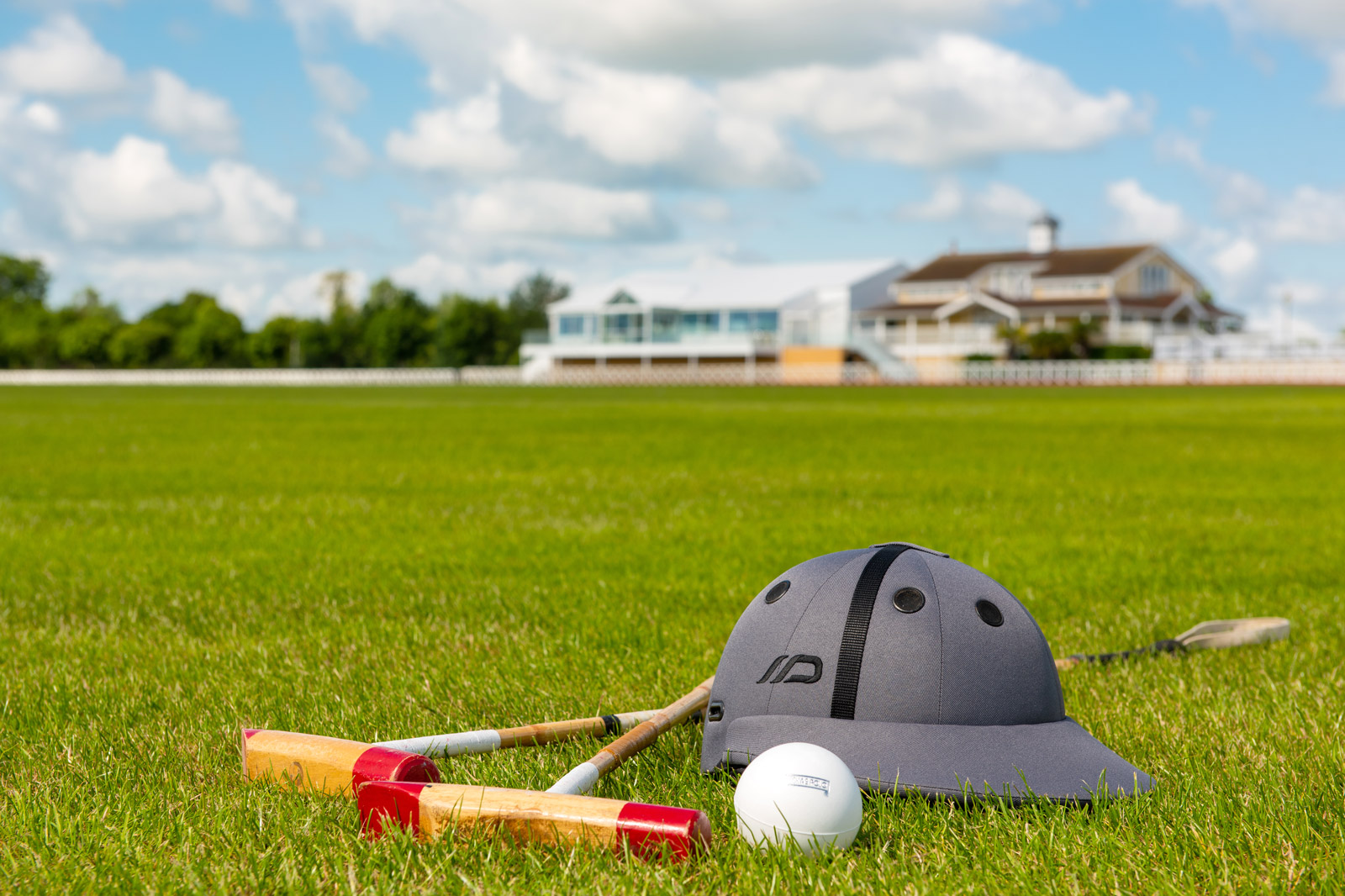At DBPC we’re passionate about getting new people involved in polo, whether as a player or a spectator.
If you’re thinking about heading over to the Club to watch one of the matches, you might have a couple of questions you’ve been burning to ask, but never wanted to! We’ve compiled these handy notes from around the polo world to help you.
Why do the players wear white jeans?
Like many polo traditions, this is a feature that can be traced back to India where the game was originally played. Competing in the intense heat, players preferred clothing that was light in weight and colour. Staying on dress, not many people realise that the Brooks Brothers developed the button-down collar specifically for polo players (to prevent their collar tabs from flapping in their faces!)
What happened to the horses’ manes and tails?
Free flowing manes and tails are a danger in polo because they can become entangled with the players mallets or with the reins as the rider tries to control his horse. Manes, therefore, are shaved and the ponies tails are wrapped or braided to prevent the hazard.
What are the balls and sticks made of?
Outdoor polo balls used to be made of wood, but are now made from solid plastic. They weigh approximately 0.13kgs but can certainly leave their mark when hit at speed. Polo sticks can be made from cane or fibreglass, and are chosen according to the players personal preferences. A stick can have a different size head, different flexibility, and different weights.
Can you use the same horse for an entire game?
No. Polo ponies run the equivalent of one to two miles during a seven-and-a-half-minute chukka, so they must be rested frequently. Typically, a low goal player will use two horses and “double chukka” each horse. This means that Pony A will play chukkas 1 and 3, and Pony B will play chukkas 2 and 4. In an ideal world, a player would have a pony per chukka, but this practice of double “chukkaring” increases participation.
Why do the teams change directions whenever they score a goal?
It can get a bit complicated keeping track of which team is travelling in which direction, but the teams will always return to the middle after a goal is scored. Changing directions takes into account any variation in weather or ground conditions which might cause one team unfair advantage (or disadvantage.)
Why can’t you play left-handed?
Quite simply, it’s dangerous.
The best explanation of this is: you’re driving merrily down the road in the car, when all of a sudden, coming straight at you, is a crazed driver on the left hand side of the road. The panic you’d feel in that situation is just what a right-handed polo player feels when he and a lefty approach the ball from opposite directions.





